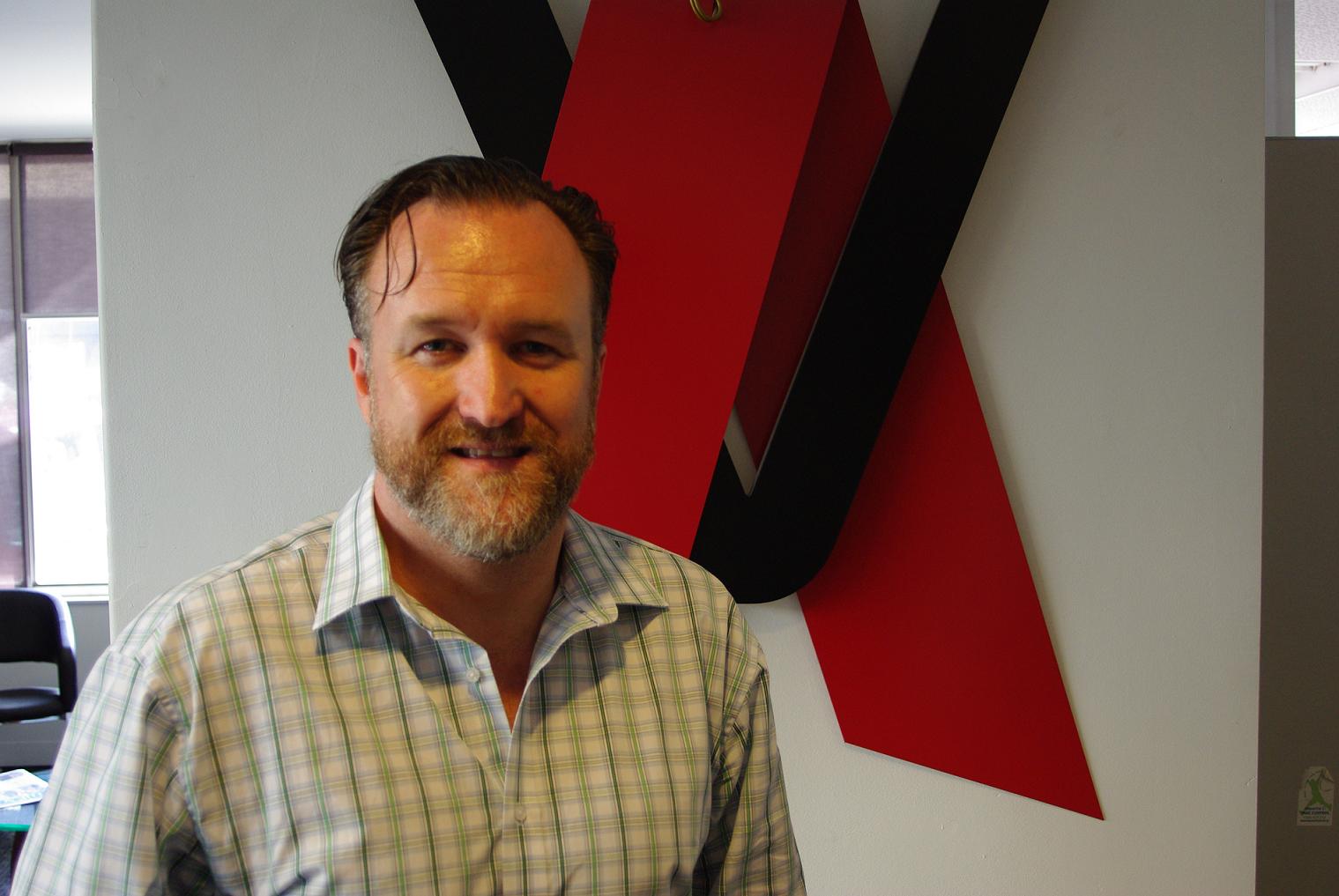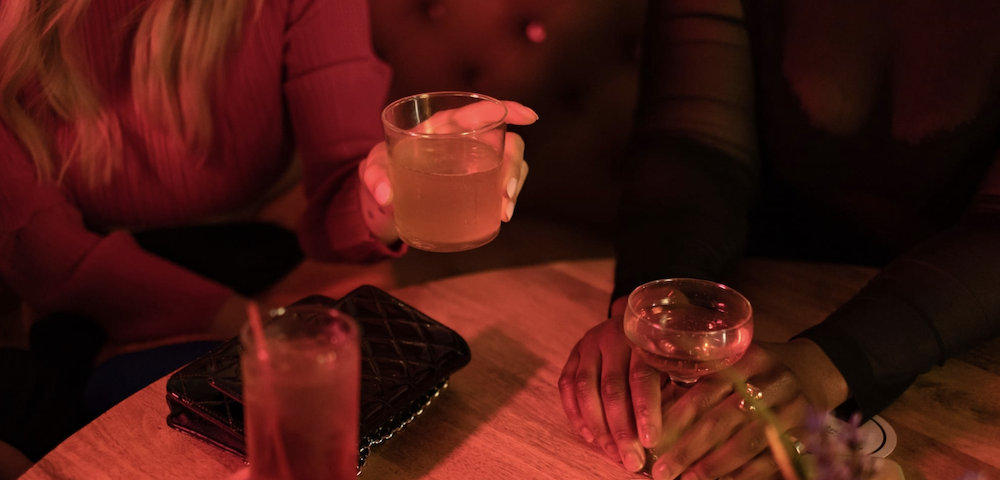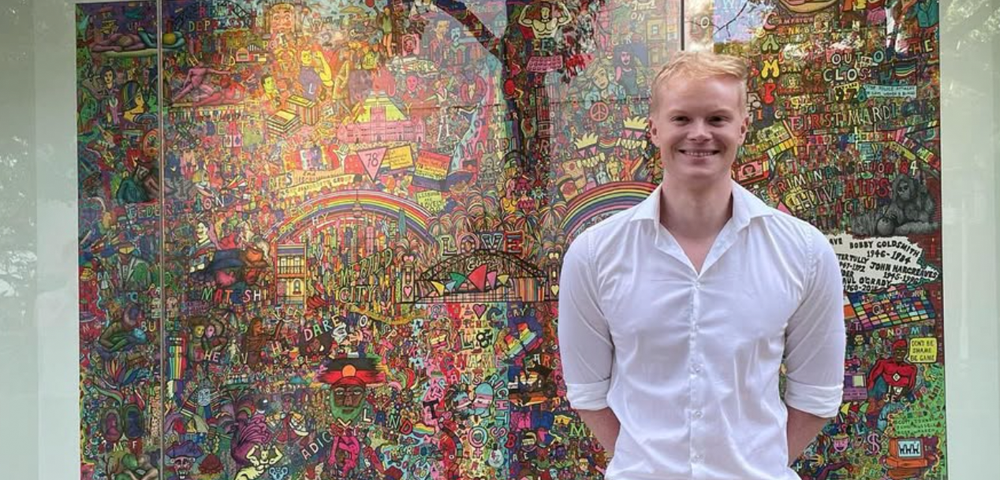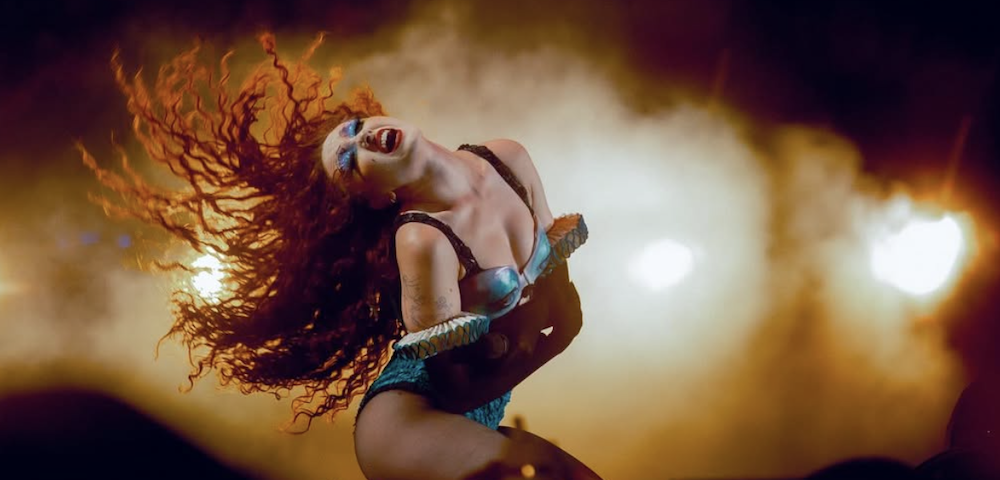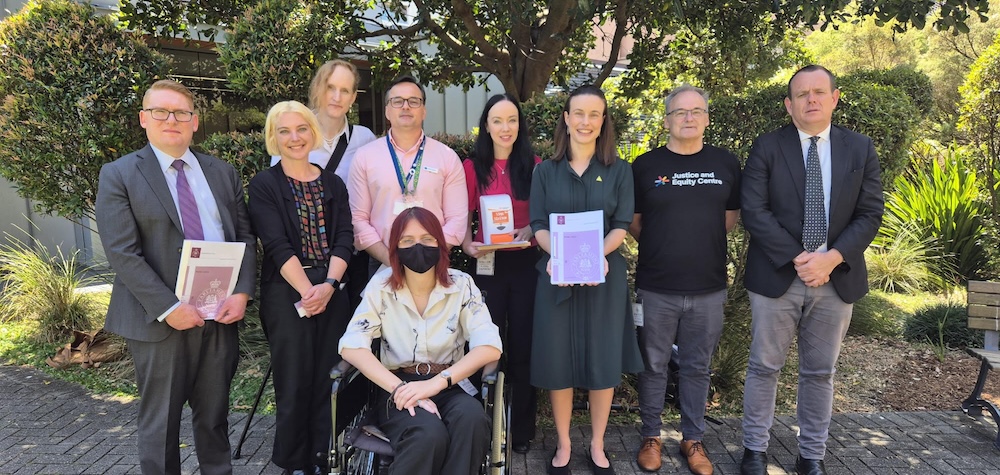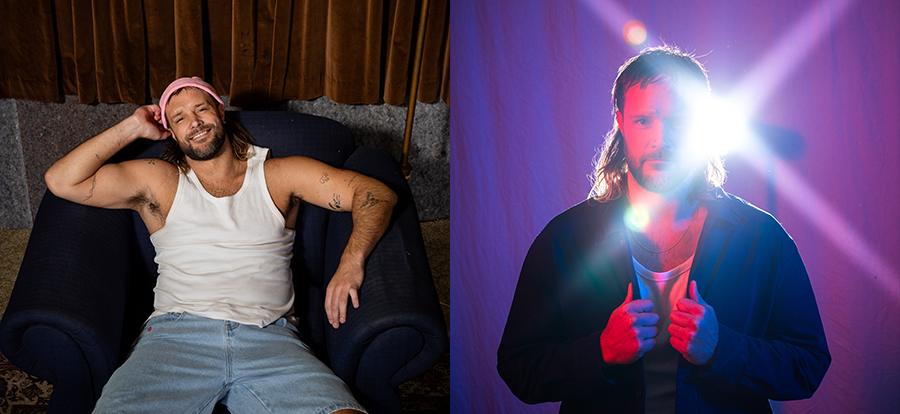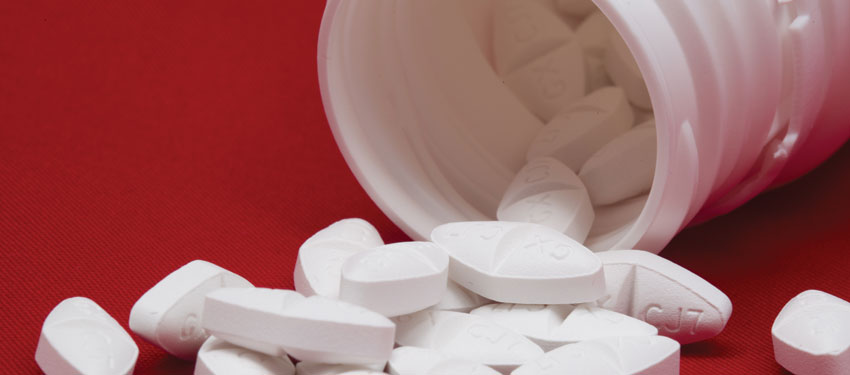
The ‘other’
 The GLBTIQ community has achieved a lot in the past decades as a result of the hard work of many individuals and organisations that fight for equality.
The GLBTIQ community has achieved a lot in the past decades as a result of the hard work of many individuals and organisations that fight for equality.
In addition to this, public figures such as Hillary Clinton and Michelle Obama have expressed their support for GLBTIQ rights, especially on topics such as same-sex marriage, anti-bullying and anti-homophobia. It seems that more people have embraced sexuality, sex and gender diversity and embraced our community as an integral part of society. Does this mean that we have finally achieved equality?
The bitter reality is that, for many of us, experiencing stigma and discrimination is still part of our lived experiences. Subtle forms of discrimination, such as hearing people saying “That’s so gay!” to violent physical attacks are a reminder that we are still being treated differently; we are still not seen as equal. We are often viewed as the ‘other’ who does not conform to the norm of heterosexuality. Continuing stigma and discrimination can be interpreted as a way to reinforce heterosexuality as the only acceptable, hence dominant, form of sexuality. The ‘other’ is to be treated as inferior.
Without doubt, being labelled as ‘other’ can have a negative effect on our overall health and wellbeing. Some GLBTIQs avoid walking alone in the dark, fearing that they will be physically attacked on the basis of their sexual and gender identity. At times, we feel that we have to alter our behaviour (such as ‘acting straight’) to avoid harm. Disapproving looks from strangers when we hold hands with our same-sex partner in public can make us feel ‘different’.
As we continue to challenge the persistence of homophobia, biphobia and transphobia, it is also a good time to reflect on our very own community. This is because marginalisation also exists within the GLBTIQ community. Certain subgroups are continuously stereotyped, labelled, sidelined and made to feel inferior from the rest. These include (but are not limited to) those with physical and mental disabilities, ethnic and racial minorities, mature aged GLBTIQs, gender diverse individuals, as well as people living with HIV. Recreating the ‘other’ reinforces a standardised model that exists in our community, such as youth and able-bodied. Those who do not conform to this model become an outsider within.
As a community, we have a collective understanding of the negative impact of ongoing stigma and discrimination. Let’s use this awareness to prevent our community from recreating the very same ideologies that we are challenging. Instead of recreating the ‘other’, let’s embrace diversity within our community. As we continue to be included as an integral part of society, let’s do the same to various subgroups within our community. Let’s make our community an inclusive place for all.
